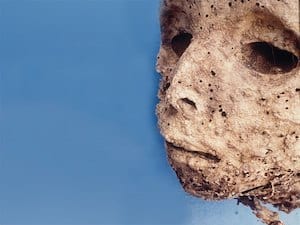
THURSDAY, Jan. 4, 2018 (HealthDay News) — The mummified remains of an Italian boy who died 450 years ago suggest the hepatitis B virus has infected humans for centuries.
The child died in the 16th century. And prior testing suggested smallpox killed him.
But a new analysis evaluated DNA samples from the boy’s bone and skin. This second look led investigators to conclude the killer was actually hepatitis B.
Hepatitis B is a serious liver infection.
“These data emphasize the importance of molecular approaches to help identify the presence of key pathogens in the past, enabling us to better constrain the time they may have infected humans,” said study author Hendrik Poinar.
Poinar is an evolutionary geneticist with the McMaster Ancient DNA Centre in Hamilton, Ontario, Canada.
Hepatitis B is still a killer. It’s estimated that 350 million people have the virus, while one-third of the world’s population is thought to have been infected at some point.
These numbers point to the importance of studying ancient viruses, Poinar said.
“The more we understand about the behavior of past pandemics and outbreaks, the greater our understanding of how modern pathogens might work and spread,” Poinar said in a McMaster news release.
“This information will ultimately help in their control,” he added.
Poinar’s team said the genetic analysis further suggests this ancient strain of hepatitis has changed little over the last four centuries.
The young child was buried within the Basilica of Saint Domenico Maggiore in Naples.
The findings were published online Jan. 4 in PLOS Pathogens.
More information
The World Health Organization has more on hepatitis B.
